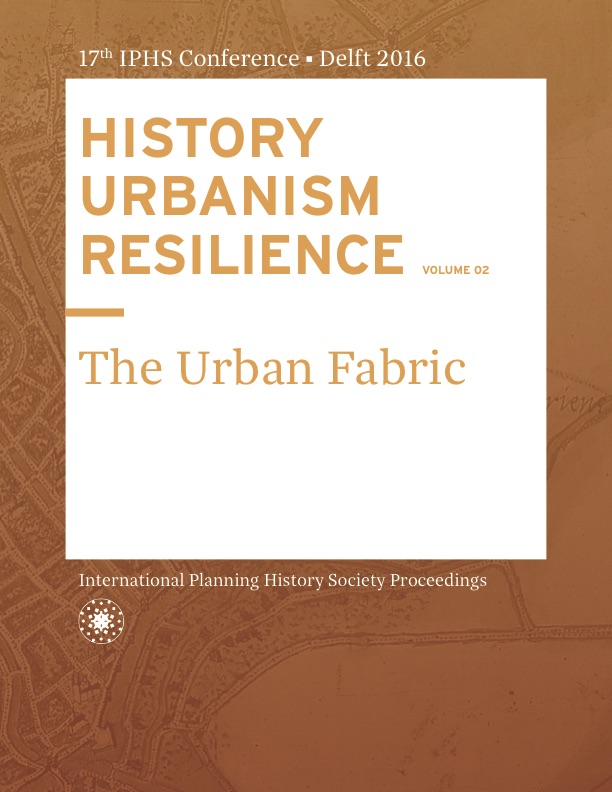The resilience of the Karoo townscapes of South Africa: conserving what the Group Areas Act, 1950, spared.
DOI:
https://doi.org/10.7480/iphs.2016.2.1223Abstract
Apartheid South Africa was obsessed with separating citizens on a racial basis yet, despite passing various segregationist laws, in many urban areas members of different ethnic groups continued to live as neighbours. This was countered by the passing of the Group Areas Act, which restricted the occupation of land to specific racial groups and saw the forceful relocation of citizens and the demolition of building stock, none more glaringly than District Six in Cape Town, 1966. However, in imposing apartheid planning principles on an established small town, the townsfolk and the historic fabric felt the brunt, with physical and emotional voids and scars that still show today.The towns of the South African interior were established during the 19c, largely by the dominant faith community. Settler farmers would converge, especially at high festivals when they would encamp, hence the ubiquitous provision of church and square. Typically this space became architecturally defined by townhouses, which affording parishioners would build for their accommodation over those festivals or on retirement. The properties were serviced by water furrows to become self-sufficient entities and furthered the agricultural basis of most such towns. Following the Dutch tradition, the townhouses were unified as a walled development in the shadow of the towering church, yet fronted by narrow verandas along tree-lined streets, and adapted in construction and design to withstand the extremes of climate. As whites vacated these townhouses e.g. to move into larger, detached houses, people of other racial groups would move in.
From the late-1960s onwards came the apartheid decree for the reordering of towns to minimise social contact between different races. The centres were zoned as part of the white group areas and blacks were legislated for in townships located outside town; effectively, the Act applied to coloureds, an ethnic group composed primarily of persons of mixed race. Different ethnic groups were to be separated by buffer strips of open land at least 30m wide, assisted by geography and infrastructure. In Richmond, somewhat unusually, the mission church with the square was razed and removed from the white town, while significant building stock of coloureds was destroyed to create an appropriate buffer.
Interestingly, the voids created by demolitions or the vestiges of floors and stairs often do not register any particular association with today’s students until historical photographs are found. It is then that the influence of politics comes alive. However, understanding the forces of political vandalism and seeking confirmation from older residents is one thing; restitution and rebuilding in the ‘manner of today’ while conserving what the Group Areas Act has spared, is the design challenge.
An exploratory approach to the research will question the extent to which the resilience of the townscapes in the semi-desert Karoo interior of South Africa, informed the proposals for conservation, as put forward by senior students of architecture at the University of the Free State, Bloemfontein, in 2013.
References
Christopher, A. The atlas of apartheid. Johannesburg: Witwatersrand University Press, 1994.
Jooste, C. Group areas. Standard Encyclopaedia of Southern Africa, Vol 5. Pretoria: NASOU, 1972.
Kahn, E. Apartheid or separate development. Standard Encyclopaedia of Southern Africa, Vol 1. Pretoria: NASOU, 1970.
Fagan, G. Brakdak. Flatroofs in the Karoo. Cape Town: Bree Street, 2008.
Fransen, H. Old Towns and Villages of the Cape. Cape Town: Jonathan Ball, 2006.
Peters, W. Karoo. In Paul Oliver (Ed) Encyclopaedia of Vernacular Architecture of the World. Vol 3: Cultures & Habitats. Cambridge: University Press. 1987, p2160.
Peters, W & Du Preez, K (Eds) Richmond 2013. A research study by students of the University of the Free State. University of the Free State, Department of Architecture, 2013.
Worden, N. A Concise Dictionary of South African History. Cape Town: Francolin, 1998.

